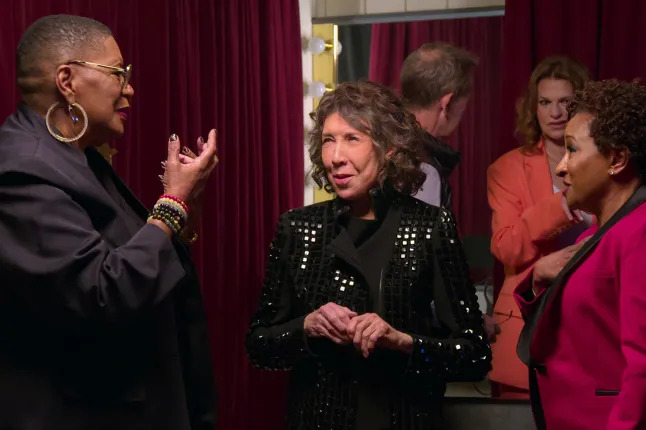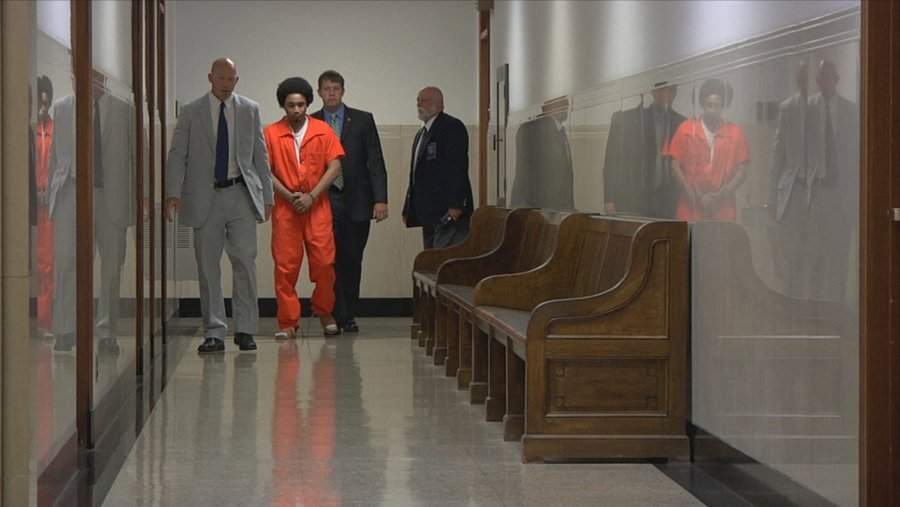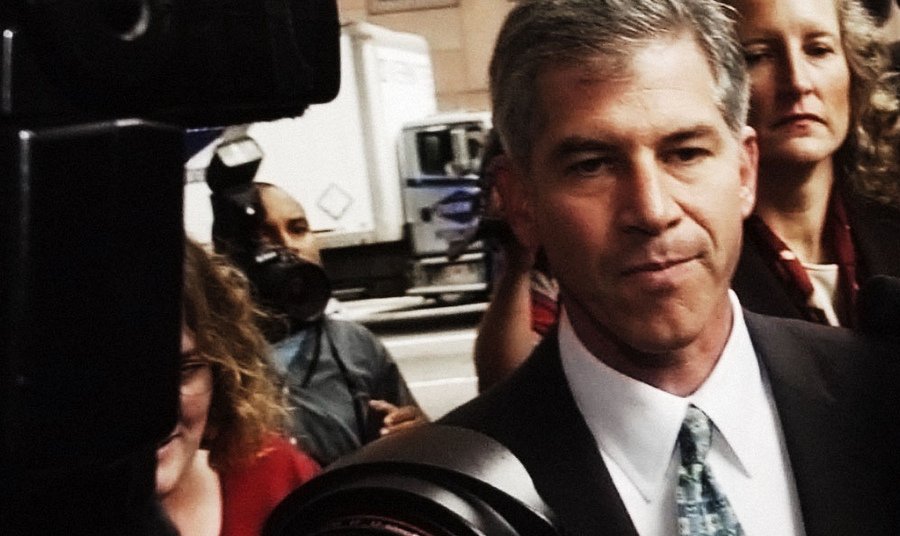Bowling For Columbine addresses the sore wounds of 9/11 by exploring the concepts of safety and fear as perceived by various people. From school shooting survivors, through Canadians who never lock their doors, to Marilyn Manson and actor/NRA president Charlton Heston, Michael Moore's interviewees all inform the complex picture of gun violence and its rise today. The director is not afraid to provoke and ask the pressing questions linking the abstract fear of the other to the reality of lost lives every day. Even his irony and parody—a morose cartoon arguably based on South Park especially—bites back hard.
Genre: Documentary, Drama
Actor: Adolf Hitler, Bill Clinton, Charlton Heston, Chris Rock, Dick Clark, Duke of York, George H. W. Bush, George W. Bush, Jacobo Árbenz, Jessica Savitch, Keanu Reeves, King Charles III of the United Kingdom, Marilyn Manson, Matt Stone, Michael Moore, Prince Andrew, Prince Andrew, Duke of York, Salvador Allende
Director: Michael Moore





